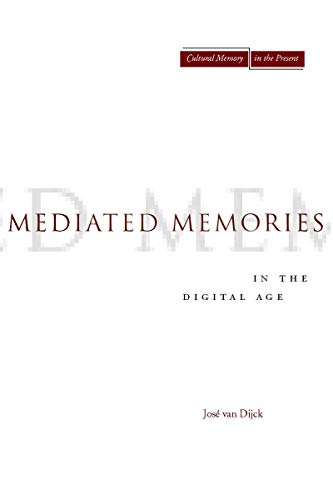

Most ebook files are in PDF format, so you can easily read them using various software such as Foxit Reader or directly on the Google Chrome browser.
Some ebook files are released by publishers in other formats such as .awz, .mobi, .epub, .fb2, etc. You may need to install specific software to read these formats on mobile/PC, such as Calibre.
Please read the tutorial at this link. https://ebooknice.com/page/post?id=faq
We offer FREE conversion to the popular formats you request; however, this may take some time. Therefore, right after payment, please email us, and we will try to provide the service as quickly as possible.
For some exceptional file formats or broken links (if any), please refrain from opening any disputes. Instead, email us first, and we will try to assist within a maximum of 6 hours.
EbookNice Team

Status:
Available4.3
10 reviewsMany people deploy photo media tools to document everyday events and rituals. For generations we have stored memories in albums, diaries, and shoeboxes to retrieve at a later moment in life. Autobiographical memory, its tools, and its objects are pressing concerns in most people’s everyday lives, and recent digital transformation cause many to reflect on the value and meaning of their own “mediated memories.” Digital photo cameras, camcorders, and multimedia computers are rapidly replacing analogue equipment, inevitably changing our everyday routines and conventional forms of recollection. How will digital photographs, lifelogs, photoblogs, webcams, or playlists change our personal remembrance of things past? And how will they affect our cultural memory? The main focus of this study is the ways in which (old and new) media technologies shape acts of memory and individual remembrances. This book spotlights familiar objects but addresses the larger issues of how technology penetrates our intimate routines and emotive processes, how it affects the relationship between private and public, memory and experience, self and others.